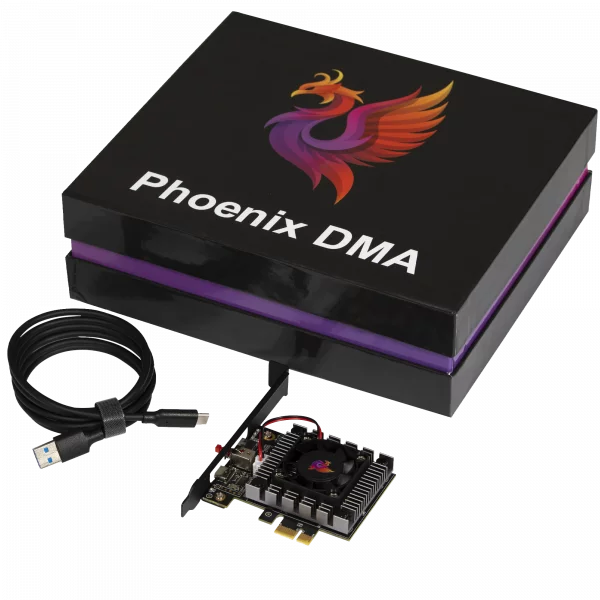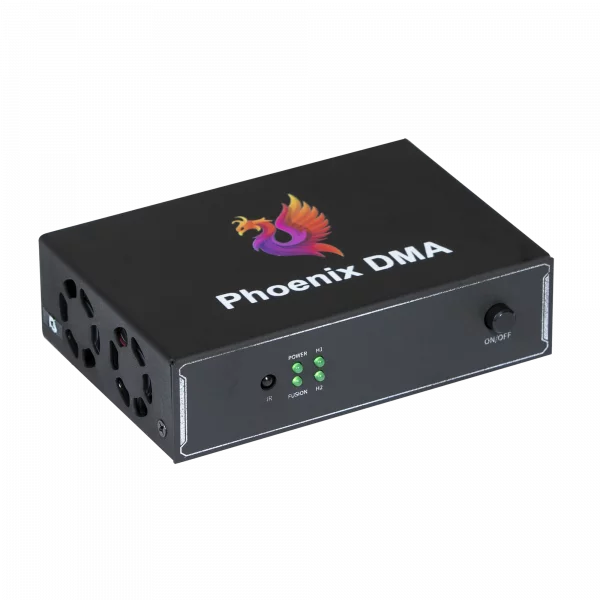In the search for maximizing computer efficiency, different parts enjoy critical roles in ensuring clean and effective operation. Among these components, the Strong Memory Accessibility (DMA) card stands apart as an invaluable instrument for optimizing system performance, particularly in conditions where knowledge transfer rate and efficiency are critical. Here's how adding a Kmbox into the body may result in substantial improvements in efficiency and over all system optimization.

1. Accelerated Information Transfer
One of the principal benefits of a DMA card is their power to accelerate knowledge move between storage and peripherals. Historically, information move tasks require the CPU to handle and mediate these procedures, which can make bottlenecks and slow down overall program performance. A DMA card, but, bypasses the CPU by enabling peripherals to communicate right with memory. This strong entry decreases the need for CPU treatment, resulting in quicker and better knowledge transfers. For responsibilities that include big documents or high-bandwidth applications, such as movie editing or data evaluation, that speed may make an obvious huge difference in control speed.
2. Paid down CPU Fill
By offloading data move tasks to the DMA card, the CPU is freed from the obligation of controlling these operations. This decrease in CPU workload enables the processor to concentrate on other important responsibilities, such as for instance executing programs and handling complicated computations. In a multitasking environment, where in fact the CPU usually juggle numerous procedures simultaneously, that offloading is particularly beneficial. It leads to increased system responsiveness and assures that purposes run smoothly without having to be hindered by knowledge transfer limitations.
3. Improved System Stability
System balance is an essential facet of performance, specially in mission-critical applications and high-demand environments. A DMA card helps improve program security by managing information transfers independently of the CPU. That decreases the likelihood of system slowdowns or crashes brought on by CPU overload. For people working together with real-time information handling or high-performance computing projects, ensuring that the CPU is not overrun by excessive data management is essential for maintaining a well balanced and reliable system.
4. Improved Efficiency in High-Demand Circumstances
In scenarios wherever high-speed data move is vital, such as for instance in RAID configurations or high-performance marketing, a DMA card can be quite a game-changer. The card's capacity to deal with numerous knowledge channels simultaneously and manage information movement successfully makes it an excellent selection for optimizing efficiency in these challenging situations.
5. Easy Integration and Updates
Adding a DMA card into your system is really a straightforward process that may deliver immediate efficiency benefits. Many DMA cards are created to be compatible with a wide variety of techniques and could be simply installed into available expansion slots. Additionally, improving to a DMA card could be a cost-effective way to improve system efficiency without requesting a complete hardware overhaul. That helps it be an attractive selection for customers looking to optimize their methods without substantial investments.

To conclude, a DMA card can enjoy a crucial role in optimizing process efficiency by accelerating data moves, reducing CPU load, increasing system balance, and increasing efficiency in high-demand scenarios. For users seeking to maximise their system's performance and responsiveness, integrating a DMA card supplies a useful and powerful option, providing real advantages across a variety of processing responsibilities and applications.
